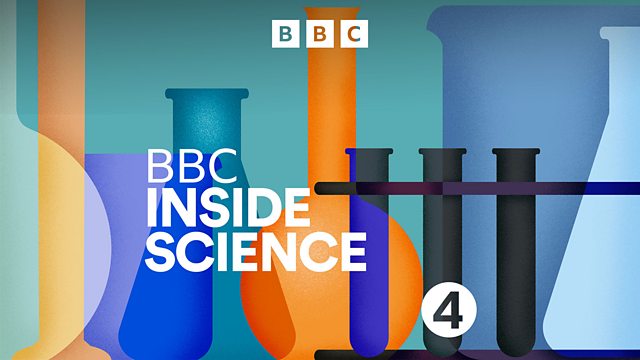30/07/2015
Amidst the recent bold claims for earth-like planets in our universe, how confident can we be in discovering earth's twin, plus new properties for graphene the "wonder material"
Over the last few years the Kepler space telescope has picked up many planets around distant stars, radically transforming our view of planets in the universe. The latest one is called Kepler 452-B, and it's made headlines because it's at a distance from its star roughly the same as the Earth is from the Sun, and according to NASA scientists "the closest thing that we have to another place that somebody else might call home". But how can we be really sure of the bold claims for "earth like" planets and hence the possibility of life in distant parts of our universe? Kepler mission scientist Dr. Jeffrey Coughlin from SETI discusses the criteria for calling a planet 'Earth-like' amidst the hype of this latest discovery.
Graphene is the thinnest solid ever known - a form of pure carbon just one atom thick which gives it unusual, interesting properties: it is a great conductor of electricity, has transistor-like qualities, and is nearly transparent to visible light. All of these have earned graphene the status of being a "wonder material". A paper this week in Nature introduces another, new, impressive graphene technique which is basically the art of origami at an atomic level. Adam spoke to the paper's co-author Professor Paul McEwan from Cornell in New York to examine if graphene is it going to live up to the expectations.
Robert Hooke, one of the founder members of the Royal Society, was the go-to guy for microscopy in 17th century London, and in 1665, he published Micrographia, a spectacular book about tiny things. It was a best seller, and marked the beginning of biology. To mark the book's 350th anniversary Adam pours over a 1st edition to discuss its legacy with Royal Society chief librarian, Keith Moore and hears from historian Felicity Henderson of Exeter University.
Maize is a crop that is on the rise. There's an increasing demand for animal feed, and farmers are being incentivised to diversify their crop growth. These developments come, not without resistance. Maize is a crop that causes much debate, so much so that fans of The Archers will have endured the great vengeance and furious anger between Adam Macy and Brian Aldridge in recent weeks. Jane Rickson, Professor of soil erosion and conservation at Cranfield University examines why maize causes so much ire for farmers and how new research is helping to mitigate the soil erosion that's so closely associated with the crop.
Last on
Micrographia

Microscopic view of a flea by Robert Hooke (1665) in Micrographia.
听
漏 The Royal Society
Broadcasts
- Thu 30 Jul 2015 16:30麻豆官网首页入口 Radio 4 FM
- Thu 30 Jul 2015 21:00麻豆官网首页入口 Radio 4
Explore further with The Open University
Discover more fascinating science content with The Open University
Podcast
-
![]()
麻豆官网首页入口 Inside Science
A weekly programme looking at the science that's changing our world.


